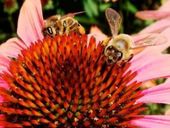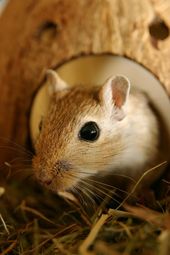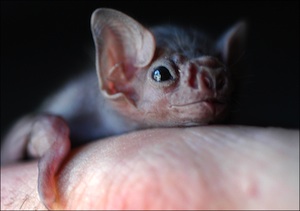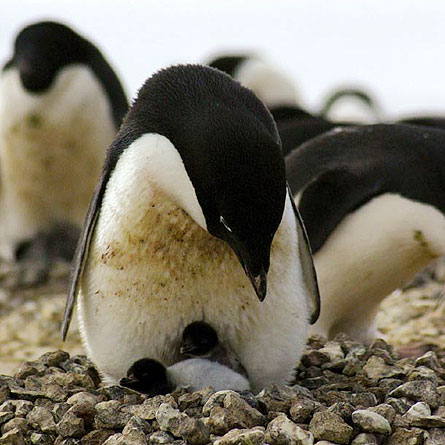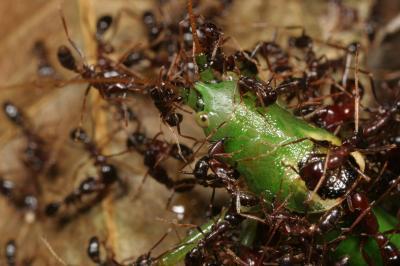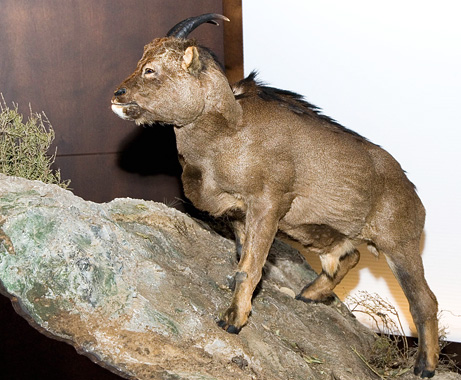At least 1 million have died in the past three years from a mysterious disease, posing serious questions for our environment. But one Boston University biologist is leading the hunt for answers.
© Unknown
Thomas Kunz emerges from Aeolus cave in East Dorset, Vermont, with a half-dozen metal ID bands -- smaller than SpaghettiOs -- cupped in the palm of his latex-gloved hand. They're tiny emblems of death, having once been affixed to the forearms of little brown bats.
The renowned bat biologist from Boston University, who bears a passing resemblance to Harrison Ford, minutes earlier had recovered the bands while trudging, like a real-life Indiana Jones, through a slippery mud-like ooze of rotting bat carcasses, liquefied internal organs, toothpick-sized bones, piles of guano, and a strange white fungus on the cave floor.
If bats had come out of hell, it couldn't have been worse than this.
"What we saw was bat soup. There were a lot of bones of wings and skulls and emulsified bodies," Kunz says. "There were dead bats -- decomposing bats -- hanging from the walls of the cave.
"My heart sunk," he says, noting some of the bands bore his initials, THK. "It was as if I had lost family members."
It's late August, when bats are in their swarming phase, and the 71-year-old Kunz and two fellow biologists have trekked, at night, in hard rain, with heavy gear, 2,520 feet up the rugged Taconic Mountains to Aeolus -- the largest bat hibernaculum in the Northeast -- to bleed live bats and collect samples for researchers leading the hunt for clues into the cause of mysterious bat deaths like these.
